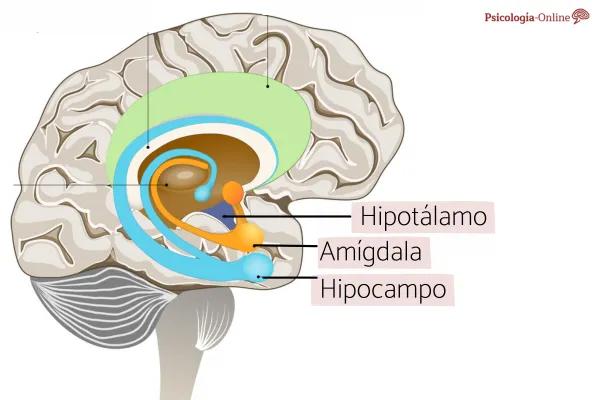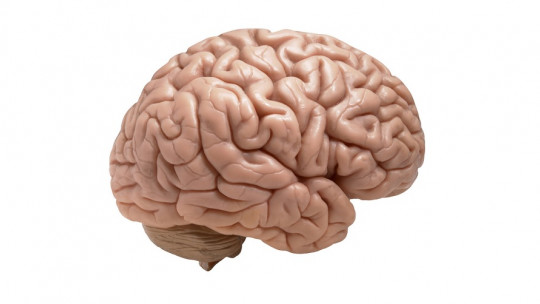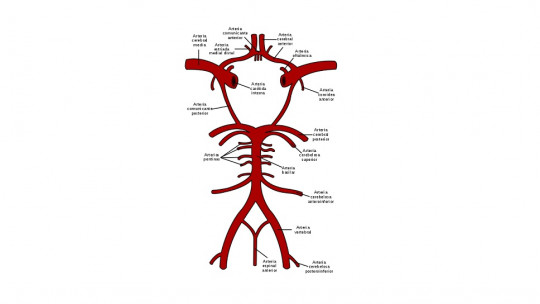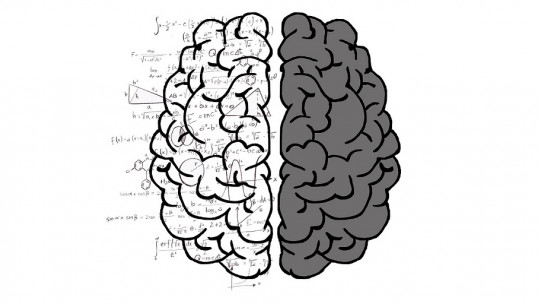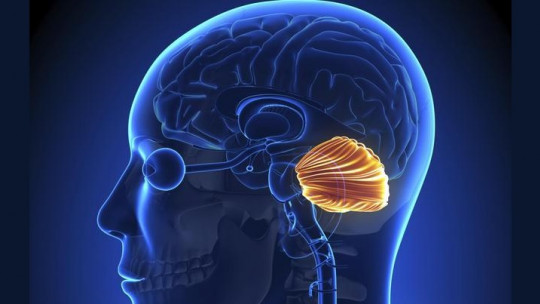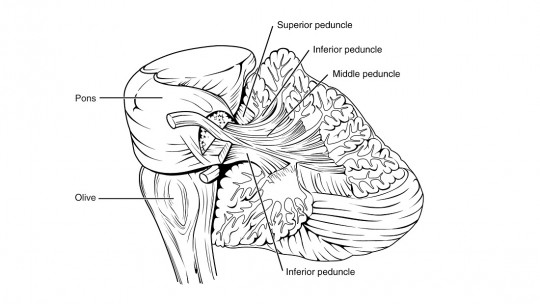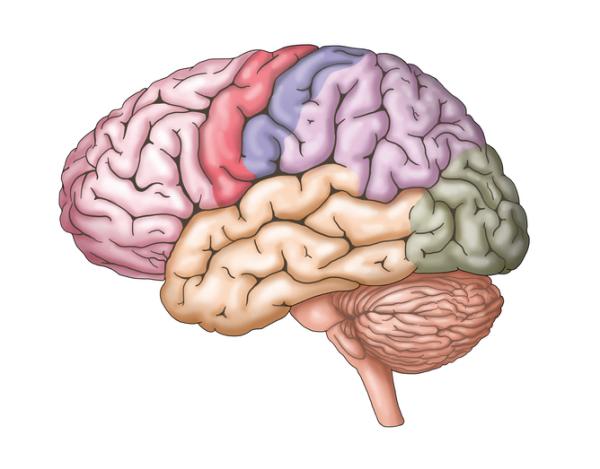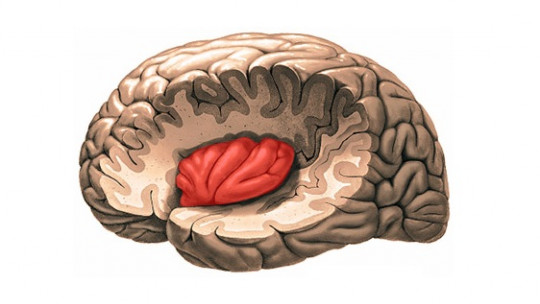
By now it is already known by the vast majority of the population that the human brain is divided into four cerebral lobes.
With a simple image of the brain we would be able to locate a large number of parts of the brain. However, there is a very relevant structure that may remain hidden from visual observation, taking into account that it is located at a certain depth behind one of the main sulci of the brain. This structure is the so-called insula.
What is the insula?
Also considered the fifth cerebral lobe, the insula is a structure of the cerebral cortex located deep in the Sylvian fissure, at the point where the temporal, parietal and frontal lobes converge, being delimited by their respective opercula.
The insula is part of the mesocortex, or paralimbic system, along with the orbitofrontal and other structures. It is a connection center between the limbic system and the neocortex, participating in very diverse functions either directly or indirectly.
A part of the cerebral cortex
Being clear about what the cerebral cortex consists of can help understand the type of processes that take place in the insula.
The cortex of the brain, of which the insula is a part, is the rough part that extends across most of the outside of the brain However, as we have seen, it is not defined by being on the outside and totally exposed to observation, since the insula is hidden and the brain must be manipulated to see it. However, the reason why it is in the superficial part of the Central Nervous System is the same reason why the rest of the cortex is arranged this way: the need to accumulate gray matter in strategic areas.
Gray matter is composed of neuronal cell bodies, which are the parts of the neurons in which the nucleus is located and in which the most important processes of nerve transmission take place. These receive information from other parts of the nervous system, and at the same time send information to others.
But to centralize all these tasks, space is needed, and that is why the cerebral cortex exists: its rough and folded shape is made to concentrate the largest possible amount of gray matter in it, in an almost uninterrupted continuum throughout the brain. external (and not so external, depending on how deep the folds and fissures are) surface of the brain.
So, Both the insula and the rest of the brain lobes are not passage areas for nerve impulses but regions in which complex psychological processes take place and in which information from very diverse areas of the nervous system is integrated.
Components of the insula
The insula is not only a uniform structure that performs the same functions homogeneously, but it Different parts of this structure are responsible for different tasks Specifically, the insula is divided into anterior and posterior insula, both parts separated by the central insular sulcus.
The posterior region of the insula is mainly innervated with somatosensory neurons, which create a “map” of position sensations related to different parts of the body. Therefore, the participation of this region will be more linked to control of the viscera and internal organs.
The anterior part of this brain structure has greater links with the limbic system, its functionality being more oriented towards the emotional integration of experiences and perceptions as a unitary and global sensation.
Main functions of the insula
Let’s look at some of the main functions of the island region.
As we have seen, the insula influences a large number of basic and higher processes (related to abstract thinking and decision making), and is an element of great importance for the correct functioning and even survival of the organism. In this sense, research carried out in the field of neuroscience reflects that The insula participates in the following processes
1. Perception of taste and smell
The sense of taste has its main primary sensory area at the lower end of the insula and in the parietal cortex. It is at this point where the gustatory information becomes conscious, appearing as a private and subjective experience but related to the elements of the environment that we taste.
It has also been observed that the insula participates in the perception of smell, although this sense tends to have a neuronal network dispersed throughout the brain.
2. Visceral control and somatoperception
The insula also has an important role in regulating the viscera and organs Specifically, it has been observed that its experimental manipulation produces important variations in blood pressure and heart rate. It also participates in the sensations coming from the digestive system, also participating in the management of this system and the respiratory system.
3. Vestibular function
The vestibular function, which refers to body balance and control of the body in relation to space, also presents afferences to the insular region, being a relevant nucleus in its conscious perception. Thus, thanks to the insula, a healthy person is able to know what position each of the main parts of their body occupies at all times.
4. Integration of emotional and perceptual information
The insula, as mentioned previously, acts as a zone of association between very different observations especially with regard to the association between perception and emotion.
Thus, thanks in part to this brain region we learn from our experiences, since we link pleasant or unpleasant subjective sensations to what we do and say and, in this way, we associate behaviors with consequences through what we perceive.
5. Involvement in addictions: desires and cravings
Due to its relationship and connections with the limbic system, the link of the insula with the brain reward system has been explored. Research carried out has shown that this structure intervenes in the processes of addiction to certain drugs, contributing to maintaining addictive behavior.
This relationship is due to the involvement of the insular region with the integration between emotion and cognition being especially involved in the phenomenon of craving or intense desire to consume.
6. Empathy and emotional recognition
We have seen before that the insula has great connections with the limbic system. In this regard, recent research has indicated that This region of the cerebral cortex plays a key role in the ability to recognize emotions and empathy. Thus, it has been shown that those individuals without an insula present much less recognition, especially with regard to the emotions of joy and surprise, as well as pain.
In fact, it has been suggested that the deficits found are very similar to some cases of autism, borderline personality disorder and behavioral problems, so research could be carried out regarding the functioning of this brain area in certain disorders.

